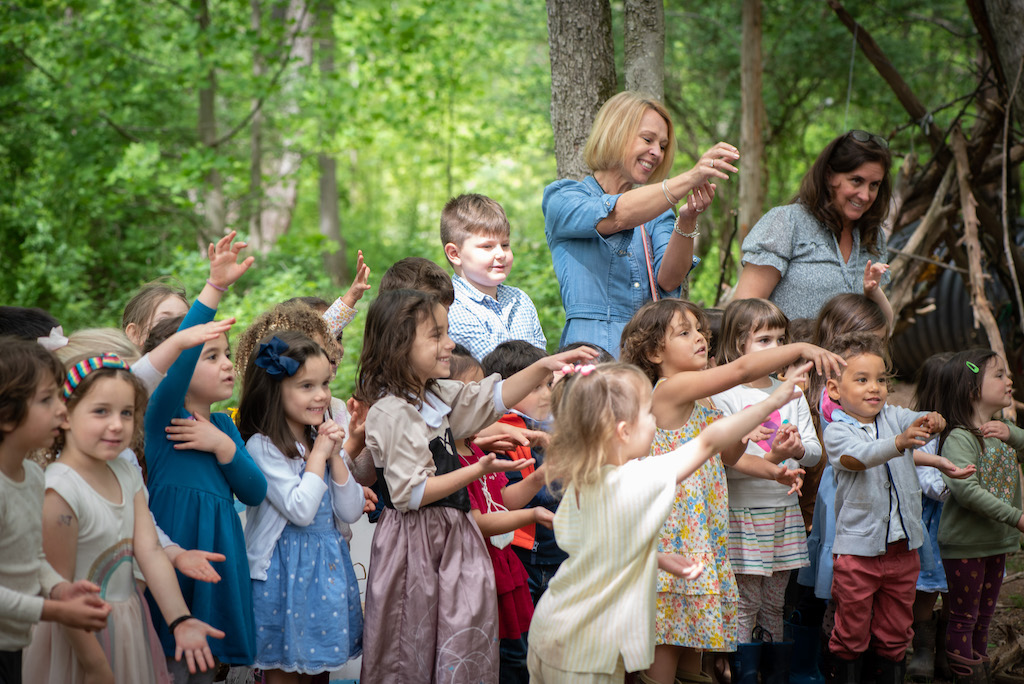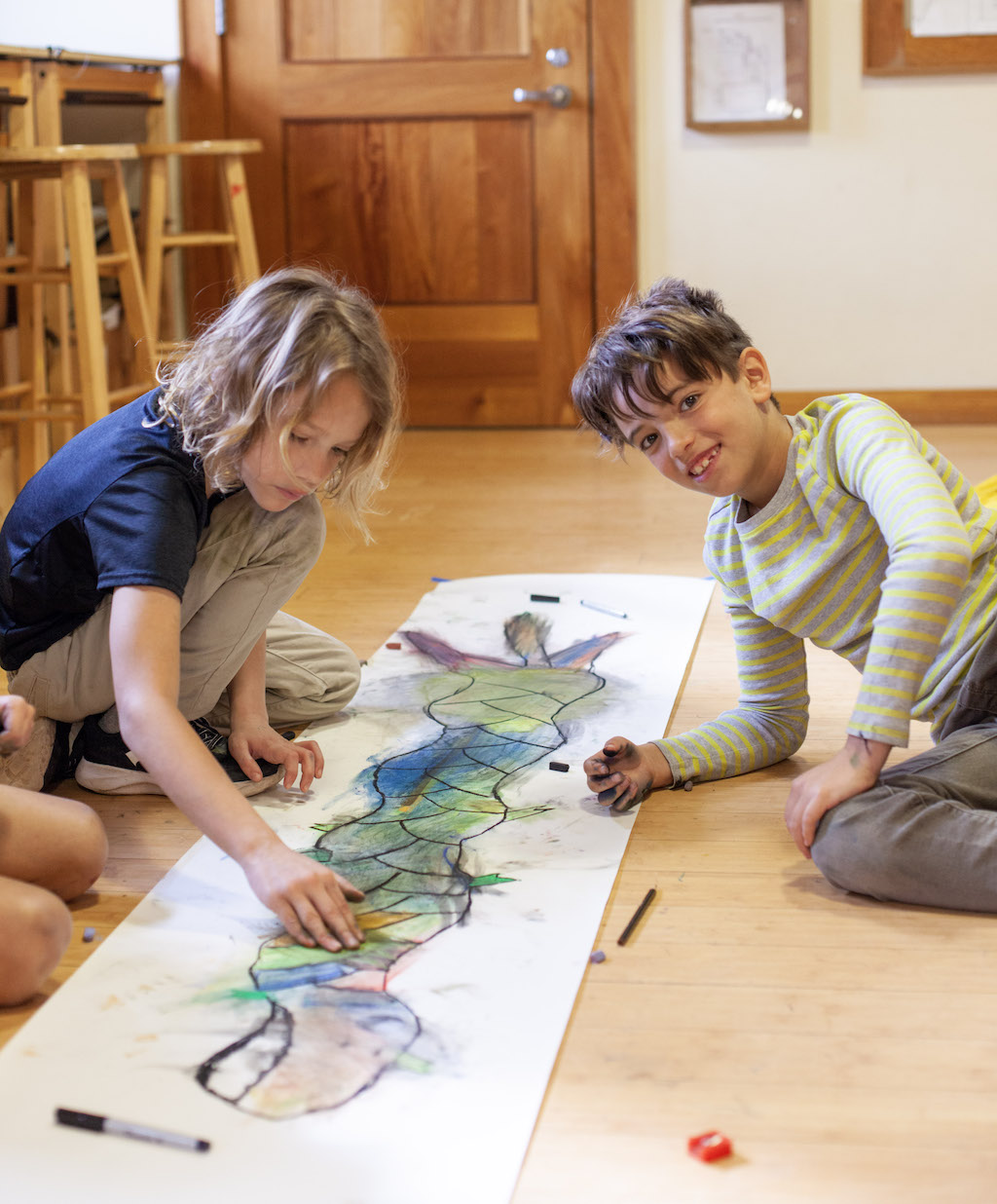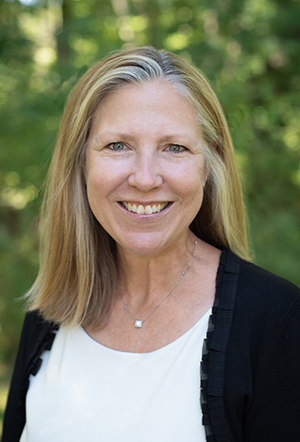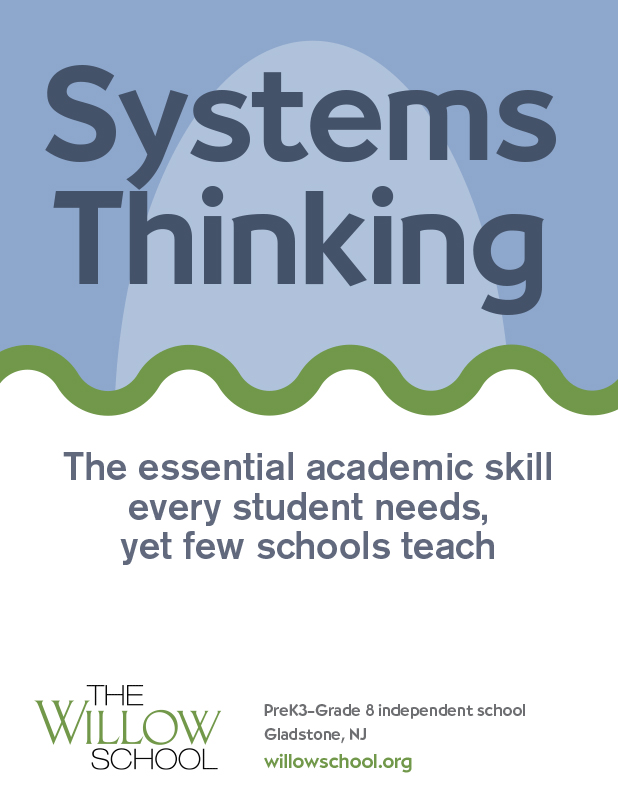
Five Reasons Your Child Will Thrive with Student-Centered Learning
Most of us went to school in a traditional classroom, where the teacher led the class according to a textbook and students were just passive participants — quiet, nose in a book, or regurgitating facts.
Instead, picture a classroom where the teacher works with the students and lessons are guided not by a textbook but by students’ curiosity. Rather than lecturing at the front of the room all day, the teacher guides each student to choose their activities and engage in individual exploration while working towards important benchmarks and academic goals. This is student-centered learning.
This is the Willow School classroom.
Student-centered learning is a progressive educational approach that puts children at the heart of their own education. With guidance from experienced teachers, passions are nurtured, and students gain confidence without competition. This student-centered approach is what makes a Willow education so different and so effective.

1. Students are empowered as unique individuals.
The key to student-centered learning is understanding that each child is different and learns differently. Working from this uniqueness makes students partners in their own intellectual growth, and school becomes more meaningful.
Not every student likes math or is good at spelling, but both are subjects that must be mastered. With student-centered learning, students are encouraged to use their individual strengths to approach required subjects at their own pace, using and developing their own skill sets. It is by no means a free-for-all. Acting as a facilitator, the teacher watches, listens, and works with individual students to reach learning objectives, while supporting student choice, differentiation, and empowerment.
2. Student-centered learning builds key life skills.
In student-centered classrooms, children develop executive functioning (EF) skills not usually emphasized in traditional school settings: planning, adaptable thinking, self-control, working memory, time management, and organization. When children have ownership of their learning, they decide what they want to work on first and how. Students find materials, follow — and help build — checklists, solve problems, and decide, with their teachers’ help, when they’re ready to move on.
Numerous studies have shown that with student-centered learning, children learn to ask and answer questions, engage in debate, brainstorm, and develop interdependence and individual accountability. In addition, when a student is involved doing something they are truly interested in, their attention span increases.
3. A lively and productive community fosters learning.
A Willow classroom is not quiet. Students can be found communicating and interacting. They may not all be working on the same material at the same time, but they are all learning the subjects required at their grade level. The classroom environment offers easy access to what they need and encourages collaboration. The teacher works with students one-on-one to help them build their understanding at their own pace.
The learning environment in student-directed classrooms allows children to make choices within a space created by the teacher that is nurturing, supportive, and based on clear educational goals and benchmarks. They have a clear checklist telling them what they need to complete, but how they do so is self-directed. The teacher watches and learns where and when they need and are able to step in for individual attention. This community of collaboration grows gradually from the beginning of the year onward and from earlier to later grades.
4. Children learn from play.
When it comes to learning, play is just as important as instruction. Much learning happens through play and creativity, especially in the early grades. When they play, children are learning to construct meaning and understanding through their own efforts, developing their cognitive abilities, language and literacy, problem-solving skills, creativity, and habits of mind like courage, perseverance, concentration, and motivation. It’s important to recognize that time to play contributes to executive functioning, competence, and independence. And it makes learning fun.
5. Students feel valued.
Creating a community where students are enthusiastic and feel valued is critical to successful learning. In student-centered classrooms, educators know and understand their students well—so they create an environment that values differences, encourages exploration, and sparks real joy in the learning environment.
Joy of learning is at the heart of Willow’s mission. Use the form below to start a conversation with our Director of Enrollment Management and learn if Willow is the right fit for your child.
Start a Conversation
Request our ebook on Systems Thinking. We will email it to you immediately.

Director of Enrollment Management Lisa VanderVeen is here to help! Contact her at (908) 470-9500, ext. 1100 or via email.

